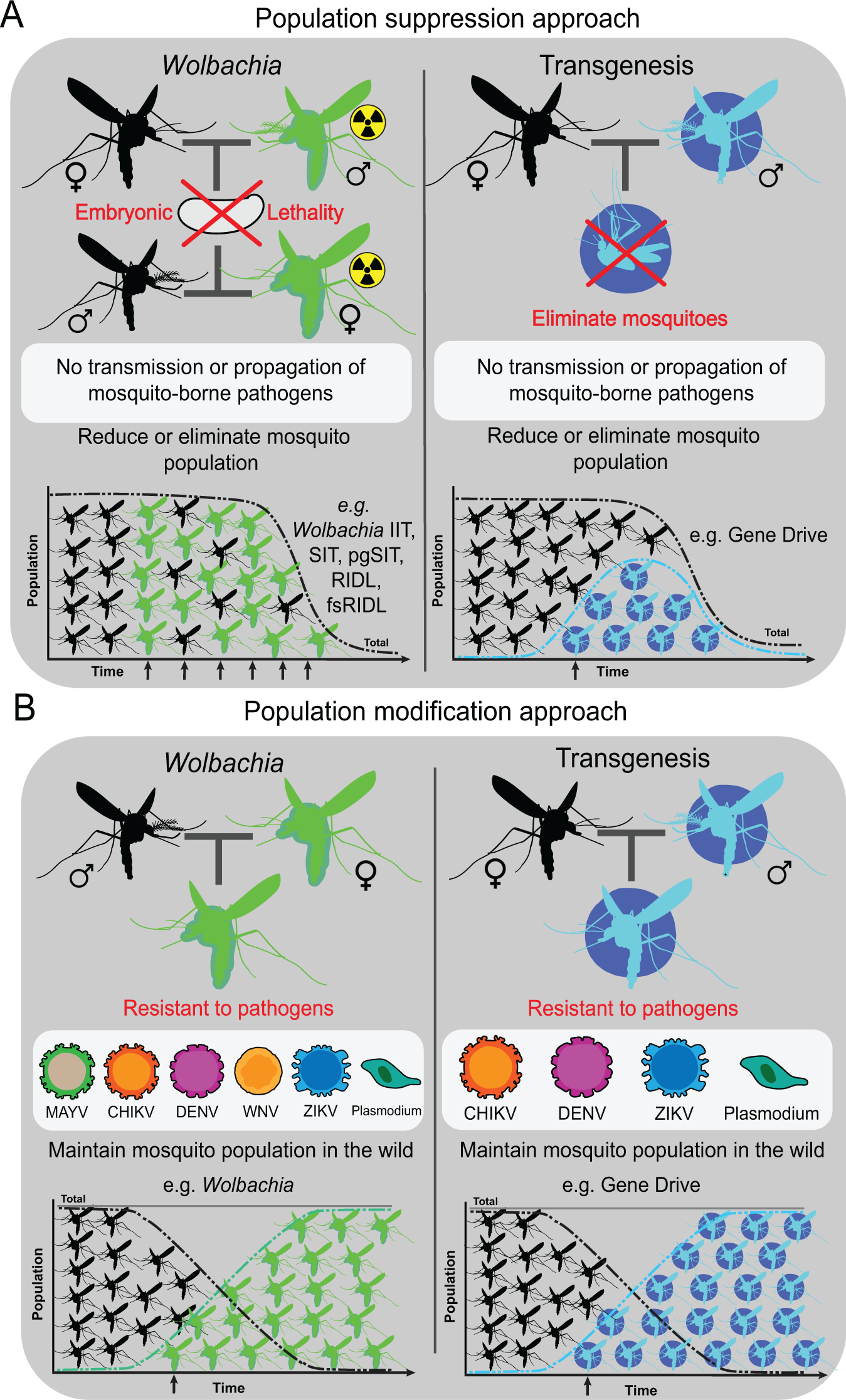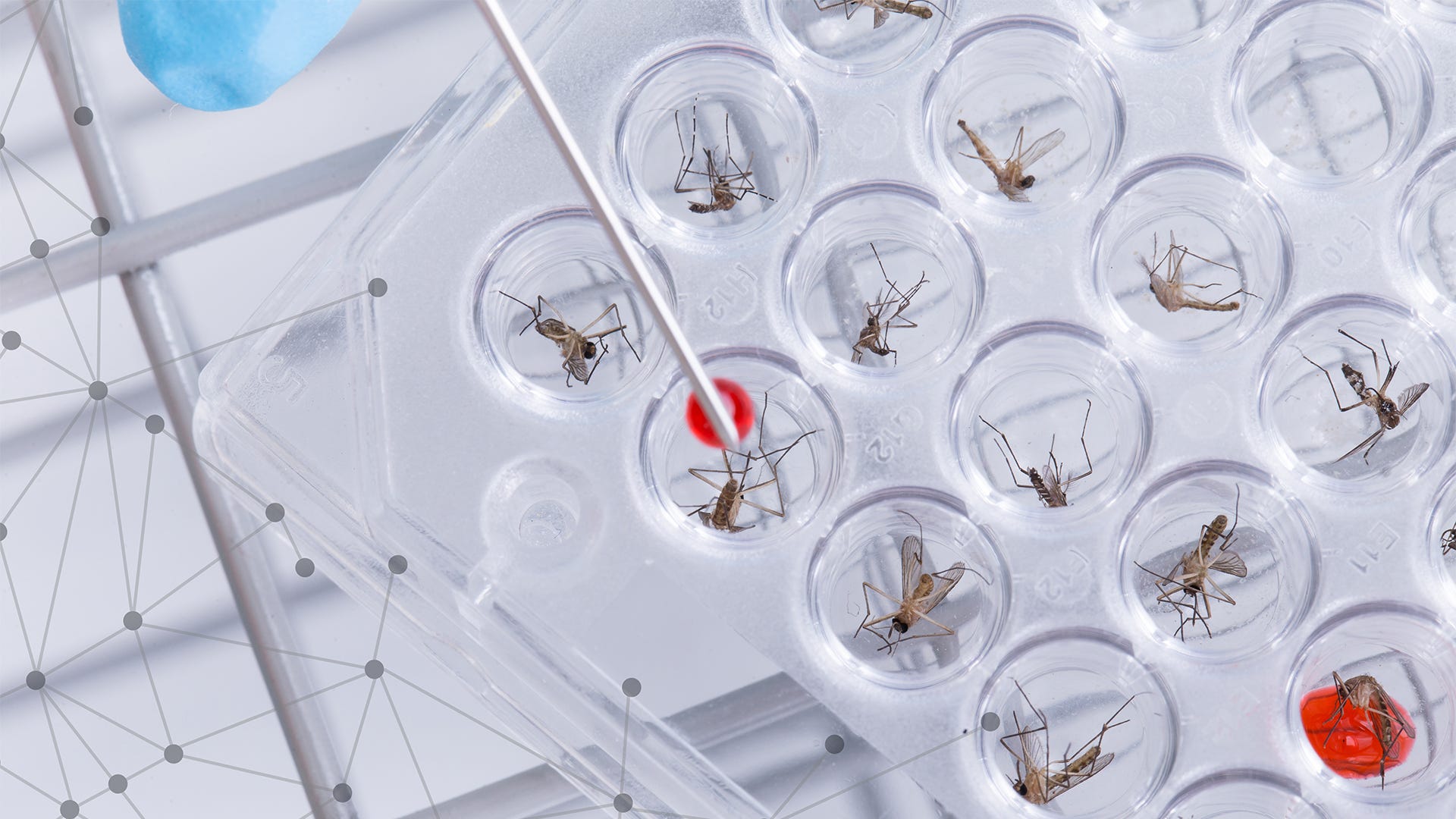Using a gene drive in mosquitoes can help control disease spread and improve human health. However, it may lead to mosquito extinction and the creation of super mosquitoes.
Expert groups should decide on its release to avoid unforeseen consequences. The use of a gene drive in mosquitoes has the potential to significantly impact disease control and public health. While it could effectively reduce mosquito populations and disease transmission, there are concerns about its impact on the ecosystem and the potential creation of super mosquitoes.
This technology’s use requires careful consideration and expert evaluation to ensure its safe and ethical application.
The Essence Of Gene Drives
Gene drives have emerged as a revolutionary tool in genetic engineering with the potential to transform disease control efforts. The essence of gene drives lies in their ability to spread a particular genetic trait rapidly throughout a population, making them a promising solution for combating mosquito-borne diseases such as malaria, dengue, and Zika.
Gene Drive Mechanism
The gene drive mechanism involves leveraging molecular tools to ensure that a specific gene is inherited by a higher proportion of offspring than the natural 50% chance. This results in the rapid dissemination of the desired genetic modification throughout the target population.
Applications In Mosquitoes
When applied to mosquitoes, gene drives can be used to introduce traits that hinder the transmission of disease-causing parasites, ultimately reducing the population of disease-carrying mosquitoes. This technology offers a promising avenue for transforming disease prevention and control efforts, particularly in regions heavily burdened by mosquito-borne illnesses.

Credit: www.nature.com
Benefits Of Gene Drives In Mosquito Control
The use of gene drives in mosquito control offers several potential benefits in reducing disease transmission and the possibility of eradicating malaria. Let’s delve into the advantages of utilizing gene drives in managing mosquito populations.
Reducing Disease Transmission
Gene drives have the potential to significantly reduce the transmission of diseases such as malaria, dengue, and chikungunya by targeting and modifying the mosquito population. This approach can lead to a reduction in the spread of these deadly diseases, thereby enhancing public health and alleviating the burden on healthcare systems in affected regions.
Potential For Malaria Eradication
The utilization of gene drives presents an exciting opportunity for the potential eradication of malaria. By introducing specific genes into mosquito populations, the transmission of the Plasmodium parasite can be obstructed, thereby significantly reducing the incidence of malaria. This revolutionary approach has the potential to transform malaria prevention and control, ultimately leading to a substantial improvement in global health.
Ethical Considerations
When considering the use of a gene drive in mosquitoes, ethical considerations play a crucial role. The pros include disease control and improved public health, but potential cons like species extinction and the rise of resistant mosquitoes must be carefully weighed.
Expert input is vital in deciding the release of a gene drive.
Moral Implications Of Species Alteration
The use of a gene drive in mosquitoes raises a number of ethical concerns. Altering the genetic makeup of a species has the potential to fundamentally change the way that species interacts with its environment. This raises the question of whether it is morally justifiable to intentionally alter the genetic makeup of an entire species in order to achieve a desired outcome. Some argue that it is our responsibility to use all available tools to combat diseases like malaria, while others contend that tampering with the natural order of things is inherently wrong.Decision-making In Gene Drive Release
Deciding whether or not to release a gene drive into the wild is a complex process that requires input from a variety of stakeholders. Biologists, ethicists, policymakers, and members of the public all have a role to play in deciding whether a gene drive should be released. At the heart of this decision-making process is the question of risk. What are the potential risks of releasing a gene drive? How do those risks compare to the potential benefits? Who gets to decide what level of risk is acceptable?Ultimately, the decision to release a gene drive into the wild will be influenced by a number of factors, including the severity of the disease being targeted, the effectiveness of alternative methods of control, and the potential impact on the ecosystem.In conclusion, the use of a gene drive in mosquitoes is a highly controversial topic that raises a number of ethical considerations. While it has the potential to significantly reduce the spread of diseases like malaria, it also has the potential to fundamentally alter the genetic makeup of entire species. Deciding whether or not to release a gene drive into the wild is a complex process that requires input from a variety of stakeholders. Ultimately, the decision will be influenced by a number of factors, including the severity of the disease being targeted, the effectiveness of alternative methods of control, and the potential impact on the ecosystem.
Credit: www.nature.com
Environmental Impact
Utilizing a gene drive in mosquitoes has the potential to control disease spread by reducing mosquito populations and improving public health. However, drawbacks include possible mosquito extinction and the development of resistant super mosquitoes. Decisions on gene drive release should involve a panel of experts from various fields.
Ecosystem Consequences
Introducing a gene drive in mosquitoes can have profound impacts on the ecosystem, disrupting the natural balance of species.
Biodiversity Concerns
The use of gene drives may raise concerns about the loss of biodiversity as it could potentially lead to the extinction of mosquito species.
Unintended Consequences
Using a gene drive in mosquitoes can help control disease spread and improve public health. However, potential unintended consequences include mosquito extinction and the creation of super mosquitoes. The decision to release a gene drive should involve experts from various fields to assess the risks and benefits.
Risk Of Creating Resistant Strains
When using a gene drive in mosquitoes, there is a risk of creating resistant strains that can diminish the effectiveness of the technology.
Potential Spread Beyond Target Areas
One of the unintended consequences of gene drives is the potential spread beyond target areas, impacting ecosystems beyond what was initially intended.
Regulatory Challenges
Using a gene drive in mosquitoes could potentially help control the spread of disease and improve the health of those affected by mosquito-borne illnesses. However, it may also lead to the extinction of mosquito species and the creation of super mosquitoes resistant to the gene drive, posing risks to the ecosystem.
Decisions regarding the release of a gene drive should involve a panel of experts including biologists, ethicists, and policymakers.
Regulatory ChallengesThe use of gene drives in mosquitoes has the potential to revolutionize disease control efforts. However, it also presents regulatory challenges that need to be addressed. This section will discuss the governing gene editing technologies and the international policy and oversight that surrounds them.Governing Gene Editing Technologies
Gene editing technologies, including gene drives, are regulated by various agencies and organizations. In the United States, the Food and Drug Administration (FDA) oversees the use of gene editing technologies in animals. The National Institutes of Health (NIH) also has guidelines for the use of gene editing technologies in research.International Policy And Oversight
The international community has also taken steps to regulate the use of gene editing technologies. The Convention on Biological Diversity (CBD) has called for a moratorium on the release of gene drives into the environment until their potential risks and benefits have been fully assessed. The Cartagena Protocol on Biosafety also regulates the transboundary movement of living modified organisms, including those that have been genetically modified.Ensuring that gene editing technologies are used safely and responsibly is crucial. It is important that the development and deployment of gene drives are subject to rigorous oversight and regulation.Public Perception And Acceptance
Community Engagement
Community engagement plays a crucial role in shaping the public perception and acceptance of gene drive technology in mosquitoes. By involving local communities in the decision-making process and seeking their input, it fosters a sense of ownership and transparency, which can positively influence acceptance levels.
Addressing Public Concerns
Addressing public concerns is essential in gaining widespread acceptance of gene drive technology in mosquitoes. Providing clear and accessible information about the potential benefits and risks, along with an open dialogue to address any apprehensions, can help build trust and mitigate fears.
Future Prospects
As gene drive technology continues to advance, there are several future prospects that hold promise in the field of mosquito control. Advancements in gene drive research and the exploration of alternative strategies in mosquito control present exciting possibilities and challenges.
Advancements In Gene Drive Research
The ongoing research and development of gene drive technology offer potential breakthroughs in controlling mosquito populations. With the ability to introduce desirable traits or suppress harmful ones, gene drives hold the promise of significantly reducing the spread of mosquito-borne diseases such as malaria, dengue, and chikungunya.
Alternative Strategies In Mosquito Control
Besides gene drive technology, alternative strategies in mosquito control are being explored to complement existing methods. These strategies include the use of biological controls such as the introduction of natural predators, targeted habitat modification, and the application of novel insecticides that minimize environmental impact.

Credit: www.mosquitomagnet.com
Frequently Asked Questions
What Would Be The Pros Of Using A Gene Drive In Mosquitoes?
Using a gene drive in mosquitoes can help control disease spread by reducing mosquito populations. It may improve public health by combating mosquito-borne illnesses.
What Are The Pros And Cons Of Gene Drives?
Gene drives can help control disease spread by reducing mosquito populations. However, they may lead to mosquito extinction and create super mosquitoes resistant to gene drives. Experts should decide on releasing gene drives to prevent unforeseen consequences for the ecosystem.
What Are The Risks Of Gene Drive?
The risks of gene drive include unintended genetic alterations, potential species extinction, and the creation of super mosquitoes. There is also the risk of the technology leading to the spread of disease-spreading insects instead of their elimination.
Conclusion
The use of gene drive in mosquitoes has the potential to control disease spread and improve public health. However, risks include species extinction and the creation of super mosquitoes. Decisions on releasing gene drive should involve a diverse group of experts for careful consideration.
Related posts:

I’m MD Tanvir, and I bring years of expertise gained from working closely with pest control companies to the forefront. My journey in the industry has inspired me to launch Bug Battler, a platform aimed at equipping people with the know-how to combat pests autonomously. Through Bug Battler, I aim to empower individuals with practical insights to tackle pest infestations effectively.

